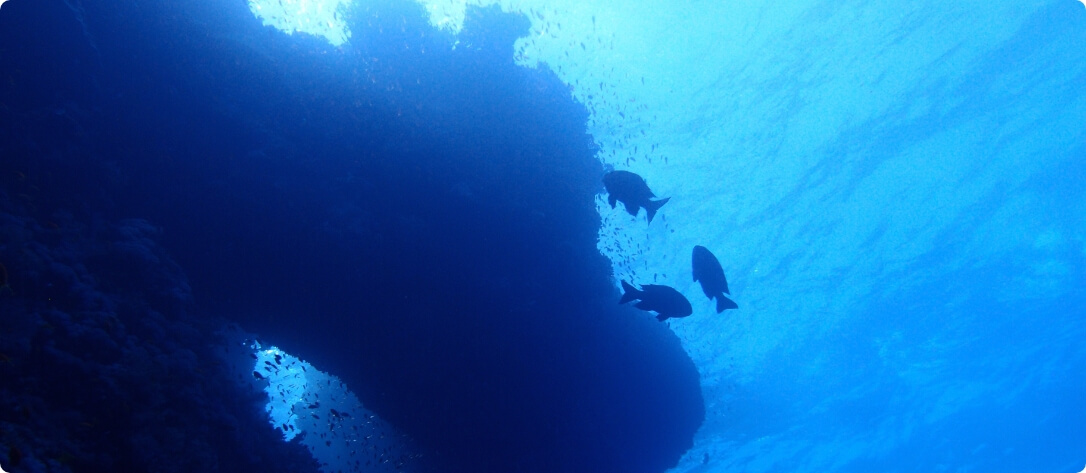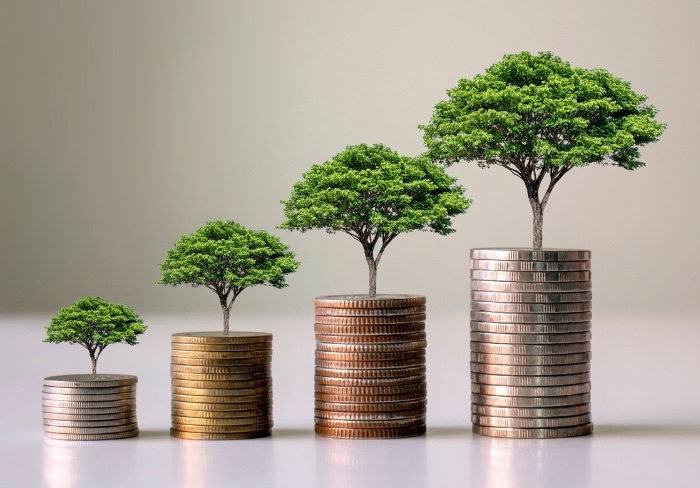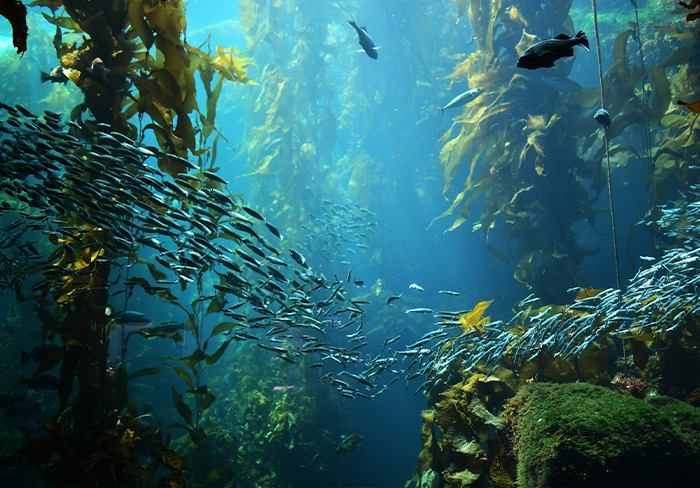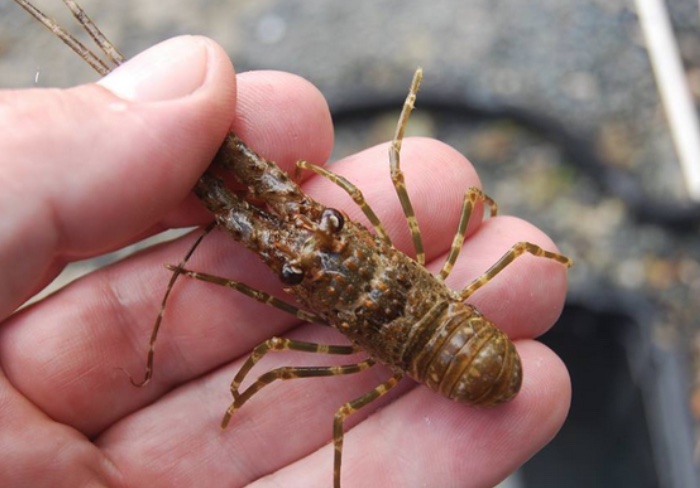
Aquaculture is booming; more than half of the fish we eat now comes from aquaculture. Alongside this growth comes the inevitable critics, suspicions, and questions.
Asking questions is brilliant. Knowledge is paramount, but myths are damaging. Here are some of the most harmful aquaculture myths and the truth behind them.
Fish Farming Is Bad for the Environment
Of course, some fish farming used to be bad for the environment. We didn't fully understand the cause and effect of concentrated fish in the marine environment.
In many ways, we are only now starting to fully understand our coastlines, and it will be many years before we completely understand our oceans.
I am inspired by those early pioneers because their mistakes created the systems we have today. Many of the early businesses didn't have the equipment and facilities to conduct aquaculture R&D properly, like they do now.
But 30 years ago, the Global Seafood Alliance stepped up and started to regulate and relegate dangerous practices. Consumers demanded higher standards and business obliged.
Unfortunately, some aquaculture is still bad for the environment, but most practices are now beneficial. Unregulated commercial fishing is not sustainable; aquaculture is.
Farmed Seafood Is Full of Antibiotics
It is true that some seafood is given antibiotics. However, the seafood that makes it to your plate will never contain any form of antibiotics.
Fish have a fast metabolism, so they can completely process antibiotics before being sold. There are clear regulations in place that control when food can be sold.
As long as you only purchase fish that the Global Seafood Alliance has accredited, you will encounter no issues.
Wild caught fish may contain pathogens, micro plastics, heavy metals, or ciguatera (a neurotoxic fish poison). Food labelling only tells you the type of fish and a rough geographical location, not the potential dangers.
So organic, sustainable, net zero accredited farmed fish should always be your first choice.
Salmon Farming Damages the Environment
One of the most common concerns about salmon fishing is that the salmon will escape, breed with wild salmon, and add imperfections into the natural stock.
Almost all farmed salmon are actually triploids. They have three sets of chromosomes rather than two, meaning that they are completely sterile. If they happen to escape, they cannot breed, so will not cause any damage to the environment. They also add welcome extra catches to recreational anglers.
We Don't Need Farmed Fish
There is no truth to this myth. Fish are a finite resource that we absolutely can decimate with our growing population.
Even with the help of aquaculture, the overall population of fish is decreasing. Our ships are getting bigger, the nets are multiplying and becoming larger, and the holes are getting smaller.
To continue eating fish at the rate we are, we need aquaculture.
Farmed Fish Isn't as Healthy as Wild Fish
The health of a fish is dictated by its diet. You can control the protein profile of a farmed fish; you have no control over wild fish.
If a wild fish can eat a perfectly balanced and healthy diet, then it may be healthier than a farmed fish. However, their diet is unpredictable. For a predictably healthy fish, opt for farmed fish.
Farmed Fish Doesn't Taste as Good
Just like the health of a fish, their taste is also heavily affected by their diet.
However, an even bigger factor in the taste of a fish is the cleanliness of their environment. If a fish has spent a long time in unclean water, they will taste of a compound called Geosmin.
Geosmin is formed by soil-dwelling bacteria that thrive in still water. It gives fish a muddy flavour that can only be neutralised with acid. This compound is the main reason that we traditionally put lime and vinegar on fish.
My tip for cooking fish is to par boil the fish and make a bouillon with some white vinegar, which will completely eliminate any muddy flavours.
But fish bred in a perfectly clean environment will not need these accompaniments, or cooking techniques, to taste good.
So, the taste of a fish is primarily controlled by its environment. Both wild and farmed fish can have an excellent flavour if they come from clean, fresh water.
Aquaculture Uses More Fish Than it Produces
All food production is converting a cheap available protein into an expensive protein.
The FCR (food conversion rate) from protein to saleable pounds of fish is about 2:1. The protein fed to fish is traditionally around 60% grain and 40% fish or shellfish.
So, for every kilo of fish produced on a farm, 800 grams of their diet would have come from the sea. That means there is a 20% benefit through the production of farmed fish.
Using these proportions for protein, there is no way to take more bio mass from the ocean than is produced through the business of aquaculture. These myths are just a small selection of a bigger problem surrounding aquaculture.
If you come across a statement about aquaculture in the future, I recommend double checking it against the information provided by the Global Seafood Alliance. Don't get caught out and end up making the wrong decision because you were led by fiction, not fact.

 Giles Cadman
Giles Cadman 

